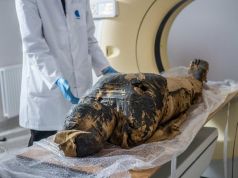Kenya has returned thousands of hominid fossils taken from Tanzanian archaeological sites in the 1930s to the recently-expanded National Museum of Tanzania and the adjacent House of Culture in Dar es Salaam.
The ancient artefacts were brought back to Tanzania for preservation, and an official handing-over ceremony is scheduled for September. Tanzania now has much improved conservation facilities with adequate space to store the returned items, which are said to constitute about 80 per cent of all fossils removed from the country during the 1930s.
Many of the hominid fossils were discovered in the northern regions of Tanzania, particularly the Olduvai Gorge in the Arusha region, and were taken to Kenya for conservation purposes and scientific analysis by international experts.
Some of the most significant finds included the skull of the “Nutcracker man”, known scientifically as Zinjathropous, discovered at Olduvai in 1959 by the British archaeologist Mary Leakey. Seven years later Leakey returned the 1.7 million-year-old skull to Tanzania during the opening of the country’s National Museum in 1965.
Meanwhile the National Natural History Museum in Arusha is to be expanded to store further archaeological material. Talks are also underway for the return to Tanzania of the remains of a Tendaguru dinosaur which have been preserved in Germany since the early 1900s. Between 1909 and 1913 some 225 tons of Jurassic dinosaur bones were shipped to Germany from Tanzania.





























